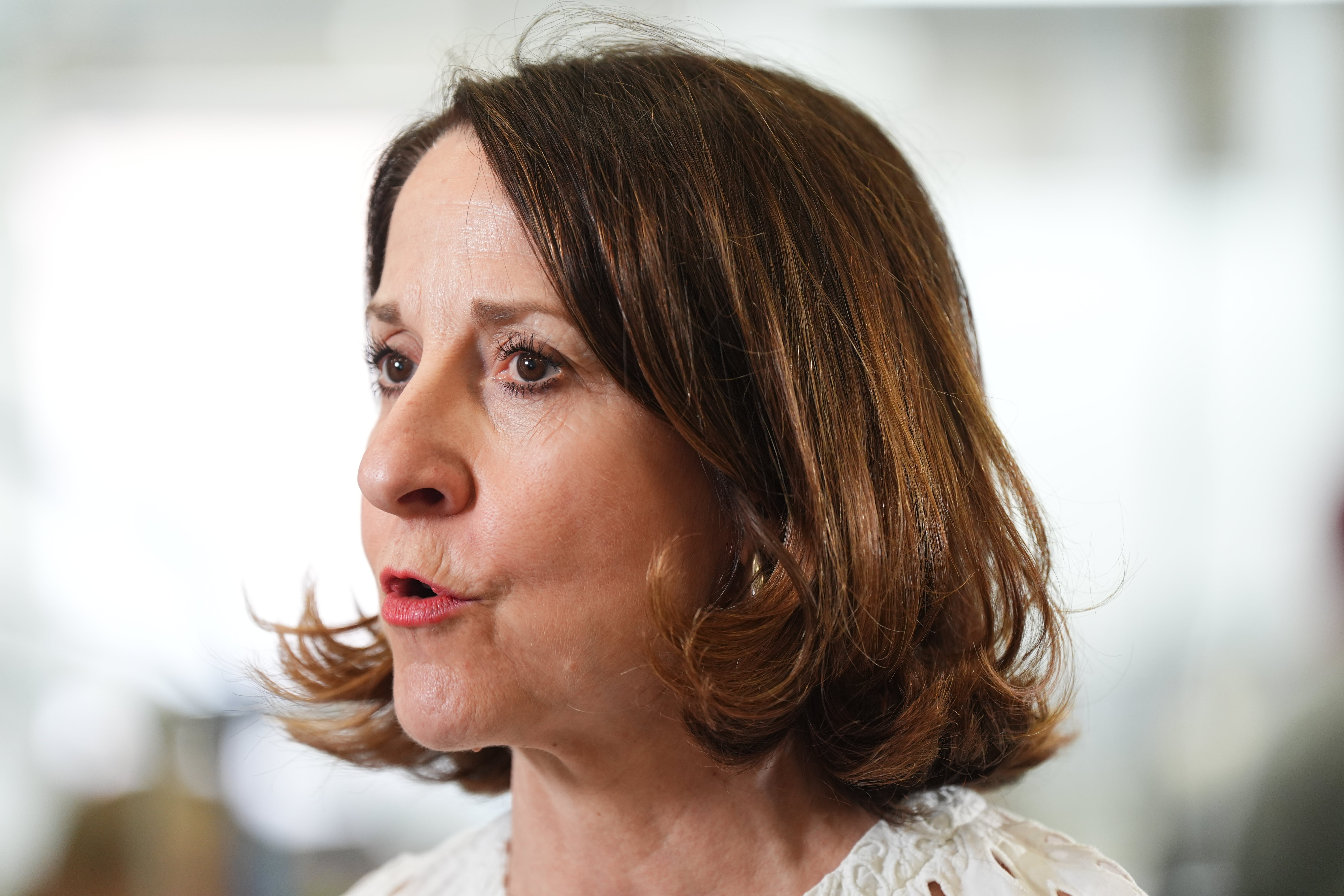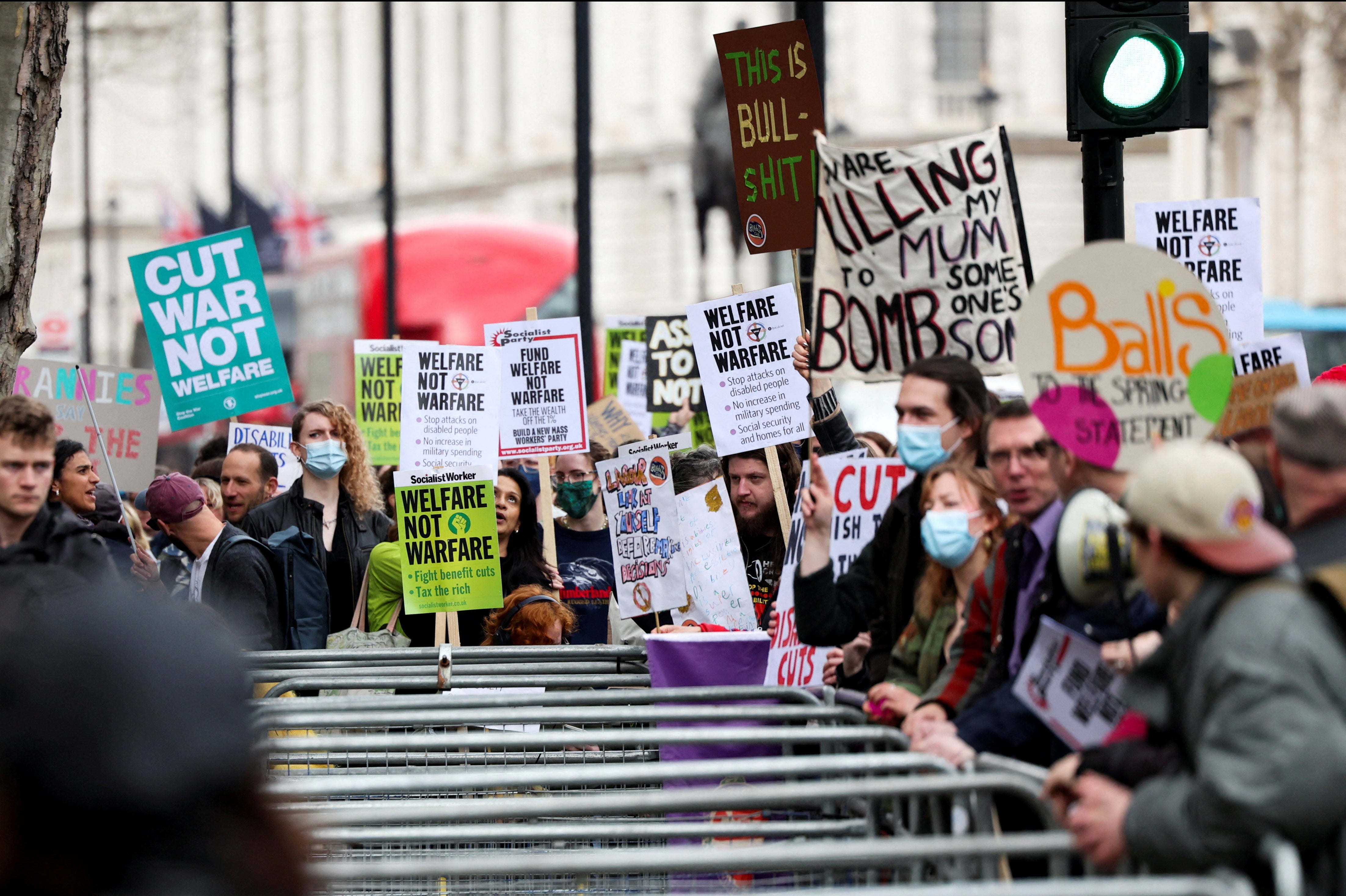The government’s own analysis has shown that 150,000 people will still be pushed into poverty even after ministers announced two major changes to the controversial welfare reforms following intense criticism of the measures.
Over 120 Labour MPs were threatening to rebel against the government over its Universal Credit and Personal Independence Payment Bill, set to be voted on in the Commons on Tuesday.
The legislation will still bring in the two key changes to Universal Credit and the Personal Independence Payment (PIP). However, tweaks have been made to ensure that existing claimants have greater protections than first promised, and the 150,000 figure is down from the 250,000 estimated to have been facing poverty under the original proposals.
Here’s everything you need to know:
What PIP claimants need to know
The central cost-cutting measure remains a tightening of the eligibility to be awarded PIP. Currently claimed by 3.7 million people, the benefit is designed to help with extra costs related to health or disability.
Under the changes, around 1.5 million of the current claimants would not be found eligible for the “daily living” side of the benefit. This is because, while they scored the eight points needed at assessment to be awarded at least the lowest payment rate, they did not score four in any single category.

Initially, Labour had pledged to give transitional protection to any claimant who was reassessed and found ineligible for the benefit because of the changes. This meant they were guaranteed the same payment rate for 13 weeks.
Ms Kendall has now confirmed that all existing claimants will not be subject to the new criteria. While they will still be subject to reassessment – happening every three years on average – they will not have the requirement to score four points in a single category.
This means it is advisable for anyone who thinks they might be eligible for PIP to apply for it as soon as possible. And at least before November 2026 when the changes would come in to effect. This can be done on gov.uk.
What Universal Credit health claimants need to know
The other key change in the bill sees the rates of Universal Credit changed, with the standard rate rising while the health-related rate is cut back.
The plans would bring in an across-the-board increase to the standard Universal Credit allowance for new and existing claims from April 2026. This will be a boost of £7 a week, to £106.
But at the same time, the payment rate for the health-related element of Universal Credit was due to be frozen at £105 a week until 2029/30. However, Ms Kendall has confirmed that the income of existing claimants will be protected in real-time, meaning it should at least rise with inflation.
This will also apply to any new claimant meeting the severe conditions criteria.

The Resolution Foundation estimates that this will “insulate 2.25 million people from a loss of between £250 and £500 per year.”
However, the government has not made any concession on its plan to cut the Universal Credit health element for new claimants to £54 a week – a rate of almost half.
Charities and campaigners have criticised the government’s concessions over the bill as threatening to create a ‘two-tier’ system. This is because those currently claiming PIP and Universal Credit health will benefit from more generous rules and rate than new applicants after the changes come into effect.
Ms Kendall has said the benefit cuts will save taxpayers £2.5bn – not £4.8bn as previously stated – posing new questions over how chancellor Rachel Reeves will balance the books.
She told MPs she knew there were “real concerns” about the government’s welfare reforms, adding: “We have listened carefully, and we are making positive changes as a result.”
But James Taylor, from disability equality charity Scope, said: “Disabled people haven’t been consulted on these changes, and we have no idea of the impact these proposals will have on health and employment chances.
“Life costs more if you are disabled, whether you are in work or not. Our newest research shows that these costs add up to on average £15,000 a year for disabled households to have the same standard of living.”






